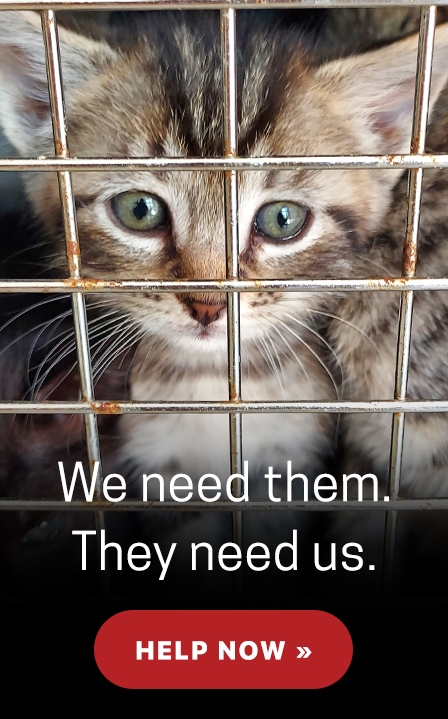Summer is in full swing and the hot weather can be unbearable for people and animals alike. Here are a few pet safety tips for the summer heat:
Regular exercise, surprisingly, can be dangerous for pets at this time of year. Even if your pets are active, get exercise every day and are in excellent physical shape, you may want to scale back their activities or change your exercise routine to the cooler hours of the morning or evening. That will allow them to acclimate to the sometimes sudden increases in daily temperatures that occur during those spring-into-summer days. Remember, we humans can take off our “winter coats” and put on t-shirts and shorts as the days suddenly grow hotter. However, at this time of year, our pets are often still wearing the remnants of their winter wardrobes. And while people have the capacity to perspire and cool themselves during exercise, our furred friends are limited in how they can cool themselves, relying on panting and limited sweating through the bottoms of their feet. While your pets are acclimating to the new season, develop an exercise plan that will get them safely through to those hotter summer months.
A pet in a closed vehicle is not cool. Nearly everyone knows that leaving a pet in a closed vehicle on a 100-degree day is dangerous. However, it is the pleasant days of spring and early summer that can actually be the most dangerous for pets left in vehicles. Many people forget that pets are affected by heat much more quickly than humans are, and that leaving a pet in a car for “just a minute” can have a deadly outcome. Remember that cars heat up fast—even with the windows cracked!
At home outdoors, ensure that your pets have access to shade and fresh water at all times. Your trip to the supermarket or dentist’s office may take longer than you expect. Temperatures in your yard can increase to high levels in just a few hours, and heat stroke can become a serious issue.
Heat stroke requires immediate veterinary attention! Heat stroke can be deadly. Signs of heat stroke include excessive panting, dark or bright red tongue and gums, lethargy, stumbling, seizures, bloody diarrhea or vomiting, and coma. If you suspect heat stroke, you should seek veterinary treatment for your pet as soon as possible. You can provide some immediate treatment using cool (but not icy) water to lower your pet’s temperature by submerging the pet in a tub of water, wetting him with a hose or sponging him down. If your pet showed signs of heat stroke but has been cooled and now appears fine, do not assume that all is well. Internal organs, such as the liver, kidneys and the brain, are all affected by extreme body temperature elevation. It is best to have a veterinarian examine your pet to assess potential health complications and ensure that other risks are not overlooked.
Enjoy your spring-into-summer days with your furred friends—just be sure to take a few precautions and stay cool!


